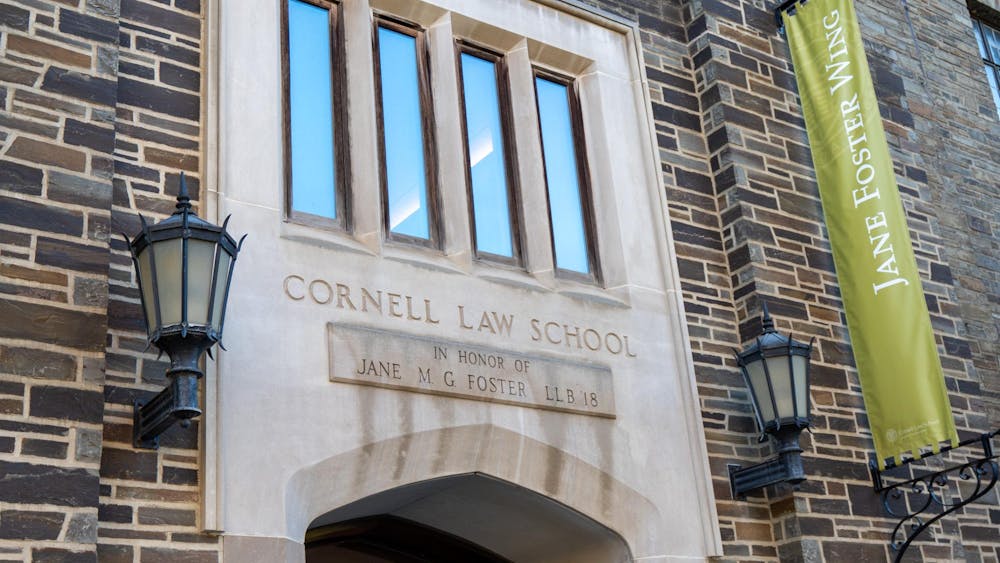Researchers at the Cornell Alliance for Science have found that articles that mention President Donald Trump in the context of COVID-19 misinformation make up the “largest single component of the infodemic.”
“Infodemic” is a term used to refer to the rapid spread of inaccurate information related to the coronavirus.
The study analyzed 38 million articles published by English-language traditional media and online news services between Jan. 1 and May 26 to identify the most prominent topics of COVID-19 related misinformation.
The study, published Oct. 1, was in the peer-review process when the authors decided that the information needed to be made public immediately.
The 11 sub-topics of misinformation targeted by the study comprise of widely-publicized unsubstantiated claims, such as unproven cures to COVID-19 and conspiracy theories — claims which the report stated have been “amplified” by widespread coverage of “prominent persons whose views and comments are considered newsworthy.”
The study found that approximately 1.1 million of the news articles analyzed had some relationship with misinformation related to the pandemic. About 16 percent of those articles were fact-checking misinformation itself.
Conspiracy theories, such as the one that emerged at the beginning of the pandemic purporting that the COVID-19 outbreak could be traced to consumption of bat soup in Wuhan, China, made up almost half of the misinformation found.
However, while most conspiracy theories and other false claims tended to rise in popularity and fall rapidly — the topic of “miracle cures” comprised the bulk of the misinformation coverage.
Miracle cures included claims that UV light, disinfectant and hydroxychloroquine could potentially cure COVID-19.
“One of the surprising findings of the study was that the president's name was associated with much of that miracle cure misinformation.” said Sarah Evanega, the director of the Cornell Alliance for Science and the lead author of the study.
The study found that the coverage of miracle cures had three separate prominent peaks from March to May of this year.
The first occurred in March, when Trump began to advocate for the use of hydroxychloroquine and chloroquine as COVID-19 treatments, even though there was no peer-reviewed clinical data proving that the drug would be effective.
However, the largest spike in misinformation coverage was on April 24 — at nearly 18,000 articles — when Trump suggested that injecting bleach or other disinfectants into oneself could potentially cure COVID-19 infections.
According to the researchers, this spike dwarfs the reaction caused by all other incidents of misinformation throughout the analyzed time period.
Further, the data collected suggests that the sub-topic of “miracle cures” accounts for more misinformation coverage than the other 10 combined, making it the second-largest contributor to the misinformation conversation after Trump himself.
Trump mentions comprised 37.9 percent of the overall infodemic, while “miracle cures” comprised 26.4 percent.
Going forward, Evanega believes that as a safe and effective COVID-19 vaccine becomes available, journalists and consumers need to be very careful about preventing a second infodemic, especially in light of the active anti-vaccine movement.
“Journalists have to do their part to focus on reputable science sources for information and to amplify the recommendations, the data and the science from bonafide experts, and to not give too much airtime to the information that's coming from non-experts,” said Evanega, adding that consumers had to be mindful of the information they spread on social media, as well.

Cornell Study Identifies Trump as the ‘Single Largest Driver’ of COVID-19 Misinformation
Reading time: about 3 minutes
Read More










